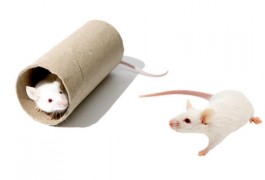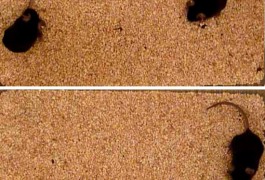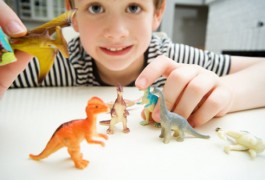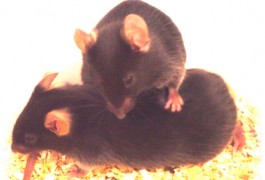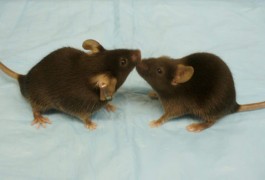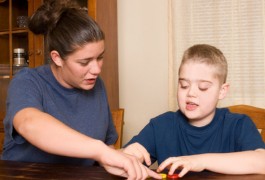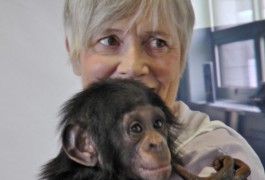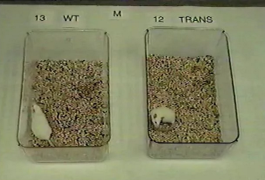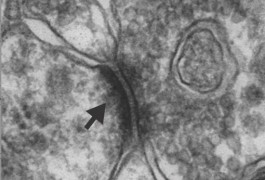Molecular mechanisms: Mouse model supports role for SHANK3 in autism
Mice with a mutation in SHANK3, a leading autism candidate gene, show moderate social defects, including less-than-normal interest in other mice. The findings, published 27 May in Cell, suggest that mutations in different sites on the gene can lead to different behaviors. This paper was retracted on 17 January 2013. Associate director of research Alan Packer discusses the implications of the retraction here.
